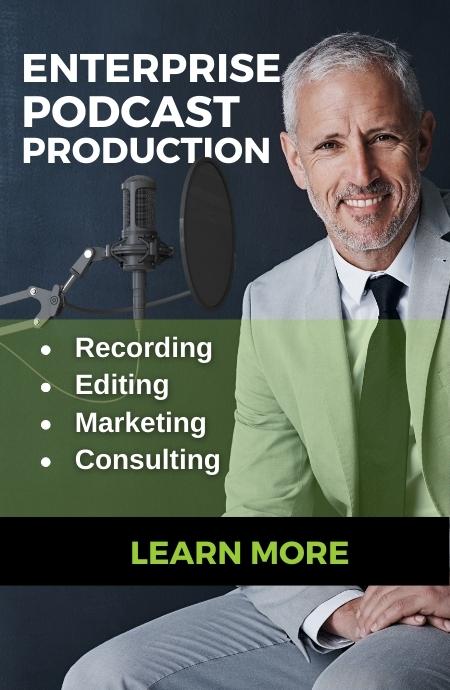If you want to show content marketing ROI, it’s important to understand how content marketing works and what its ROI is. Though it might seem pretty obvious at first glance (more sales), content marketing is not as straightforward as many assume. It is the precise reason why content marketing ROI is usually misinterpreted or even ignored.
Content marketing is an approach that aims to create and distribute relevant and consistent material to potential customers as a means of attracting their attention, gaining their trust, increasing brand awareness, and, ultimately, to drive customer action.
In other words, content marketing is an inbound form of marketing where you offer customers something of value (i.e., relevant and exciting content) in exchange for their business. It comes in contrast to the generally annoying outbound marketing, or sometimes known as interruption marketing, in the form of advertising, promotions, public relations, etc.
The fact that content marketing is indirect; the ROI generated may go unnoticed, especially to the untrained eye.
Content Marketing ROI Metrics
To take full advantage and show as much content marketing ROI as possible, you need to know what to look for. Businesses use content marketing for a vast number of reasons, but the most common include:
- Website Traffic
- Leads
- Higher Conversion Rates
- SEO Rankings
- Subscriber Growth
- Lower Bounce Rates (average time spent on a page)
- Customer Feedback
- Sales
The best thing about these examples is that they’re also measurable and relatively easy to keep an eye on. To get the most out of each, you need to set them as your SMART goals (Specific, Measurable, Attainable, Relevant, and Time-bound). Without constant monitoring of your progress, you are highly unlikely to experience any content marketing ROI.
Data-Driven Content
Once you have your goals clearly defined, your next step is to design the type of content that will help you achieve those goals. It includes material that your audience will enjoy, share with others, and will wait eagerly for the next round.
The best way to do this is to know your audience. The best way to do that is by using your analytics tools to check which content gets the most traction. It includes everything from the total number of views, shares, time spent on that content, etc.
Don’t neglect the comment section either, and keep the conversation going. All of these combined will give you a general idea as to what kind of topics your audience shows interest. You can use this data to create similar material down the line.
Consistency for Better Content Marketing ROI
Consistency is the missing ingredient that will tie everything together. It is also the reason why so many businesses fail to see any content marketing ROI even if they’ve done everything else by the book.
Consistency requires some degree of determination and has to encompass all touch points between you and your audience. It also applies to style, voice, design, logos, color schemes, customer service, and posting frequency.
Content consistency will be the one that will eventually build up your credibility, trust, and reputation. The only thing you need to watch out for is that it’s somewhat hard to maintain the same level of consistency once you scale up your campaign. The best thing is to be aware of this eventuality and prepare yourself accordingly.
Conclusion
If you want to see more content marketing ROI, you need to, first, know what it is, and second, monitor it to ensure consistency. Results will not happen by taking a haphazard approach, and this is particularly true for content marketing. Nevertheless, the benefits will be well worth the investment.
Want to learn more? Talk to a professional Content Monsta!
- Avatar Spam is Coming – and going.Creating video clones for marketing purposes is not going to age …
- Why Human Expertise Still Wins: The Real Story Behind Scalable ContentAI tools promise instant content at scale, but the truth behind the scenes is far less simple. Software can’t coach a nervous expert, fix bad lighting, or capture authentic delivery. When it comes to high-impact video content, human expertise still makes the difference. This blog breaks down where automation works and where it falls flat.
- The Secrets to Smarter Marketing and Real Revenue Growth with Todd ErvinTodd Ervin, Partner at Cortado Group, shares how aligning awareness strategy with revenue goals, structuring clean data, and applying AI can unlock scalable growth for modern marketing teams.






